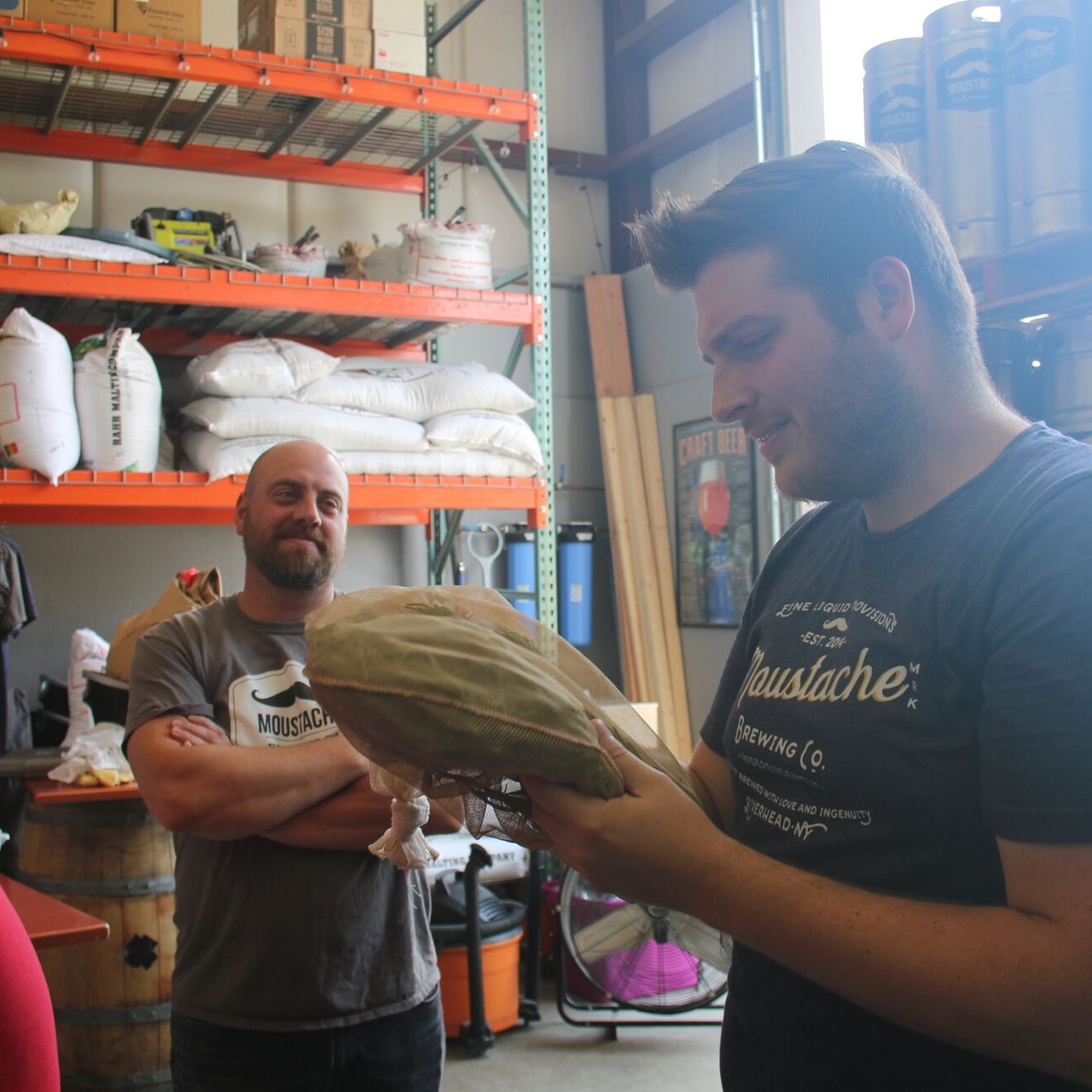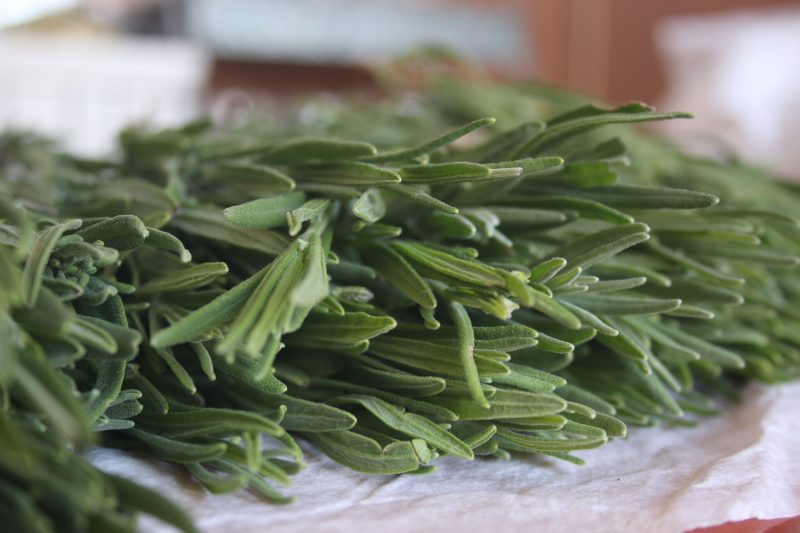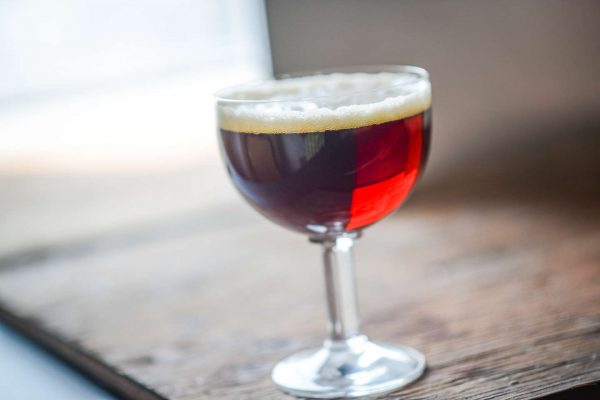
This article originally published in the Club News section of the Jan/Feb 2018 issue of Zymurgy magazine.
This past August, author and renowned craft beer authority Stan Hieronymus visited the New York City/Long Island area for a series of events to promote his newest book Brewing Local. In the spirit of his book, Brooklyn homebrew shop Bitter and Esters organized a foraging expedition in Central Park, led by a trained botanist and forager, to gather ingredients for a series of homebrews presented during Stan’s visit.
If you run a homebrew club, I highly recommend organizing a social foraging event like this with a trained professional. The foraging and then later group tastings are great social activities.
Leading up to his visit, Moustache Brewing Company in Riverhead, N.Y. collaborated with Stan and me to create a beer using only local ingredients. The beer was named Terre au Verre (French for “ground to glass”) and was developed to go with a three-course, beer-paired brunch organized by the Long Island Beer and Malt Enthusiasts (LIBME) at The Fifth Season restaurant in Port Jefferson, N.Y.

We settled on a saison early on, with the initial intent of using local wild cultivated yeast for the beer. Labs like Bootleg Biology are making this easy for local homebrewers to do. Ultimately this ended up being impractical at a commercial scale, but our homebrew club plans to experiment with various wild yeasts as an interesting perspective into the ever-expanding field of American wild ales.
“If you run a homebrew club, I highly recommend organizing a social foraging event like this with a trained professional. The foraging and then later group tastings are great social activities”
Stan suggested using lavender stems – the woody part of the bush, not the flowers – an idea developed by Scratch Brewing in Illinois. A friendly phone call to Scratch revealed that boiling lavender stems for 60 minutes gives a woody, cinnamon-like character. This ended up complementing the beer’s spicy phenols, with none of the flavors and aromas you would typically associate with lavender flowers. Local lemon verbena leaves heightened the citrusy brightness commonly found in saisons.
One of the best things about brewing this beer was the opportunity to visit and talk with some of the local farms on the East End of Long Island. Helping develop Terre au Verre reminded me that there’s comfort in being rooted to a community, where one can simultaneously make sense of one’s surroundings and find a place to fit in.
A point Stan stresses in Brewing Local is how integral local ingredients and flavors are to craft beer and homebrewing. These express local customs and culture in a trend that will likely grow as consumers continue opting for fresh, familiar craft beer creations from neighborhood breweries, and as friends keep sharing their homebrews.
Terre au Verre Saison
Recipe courtesy Andrew Luberto and Stan Hieronymus
- Batch Size: 5 gallons (18.9 L)
- Original Gravity: 1.048
- Final Gravity: 1.008
- Bitterness: 14
- Strength: 5.2% ABV
FERMENTABLES
- 7.2 lb. (3.27 kg) pale malt
- 10 oz. (283 g) Carafoam malt
- 1 lb. (454 g) wildflower honey (flameout)
- HOPS
- 0.3 oz. (9 g) Chinook or a similar bittering hop @ 60 min
- YEAST
- White Labs WLP568 Belgian Style Saison Ale Yeast Blend
- ADDITIONAL INGREDIENTS
- 3 lavender stems @ 60 min
- 0.5 oz. (14 g) lemon verbena @ 0 min
BREWING NOTES
Mash at 150° F (66° C) for 60 minutes, lauter, sparge, and collect wort. Add hops and lavender stems and boil for 60 minutes. Add honey and lemon verbena at flameout. Pitch yeast at 70° F (21° C) and let beer temp slowly rise to 80° F (27° C) for three days. Carbonate to 3 volumes (6 g/L) of CO2.
EXTRACT VERSION
Replace malts with 5.5 lb. (2.5 kg) extra light malt extract syrup or 4.5 lb. (2 kg) extra light dried malt extract and proceed with the boil as above.




Share Post